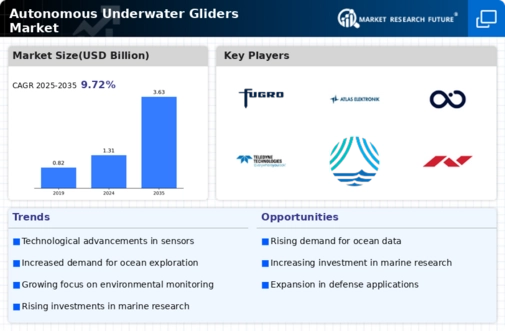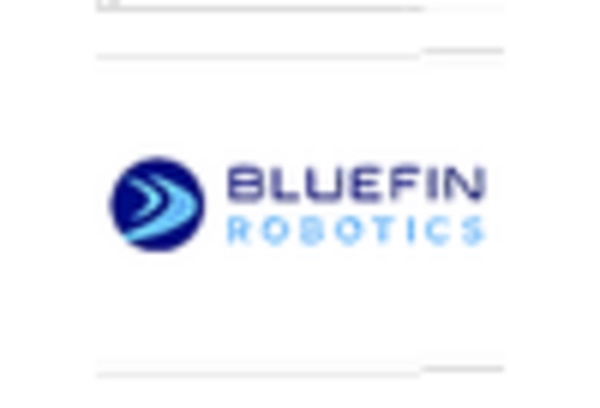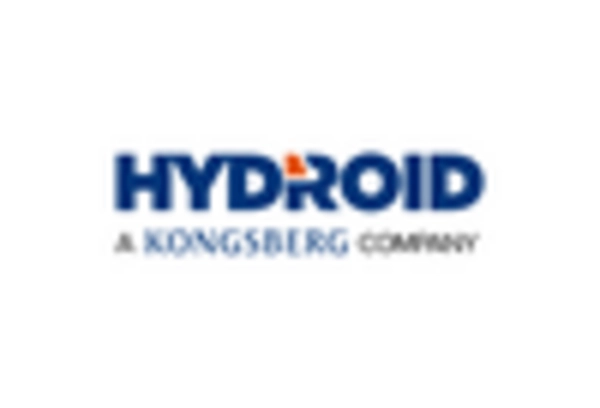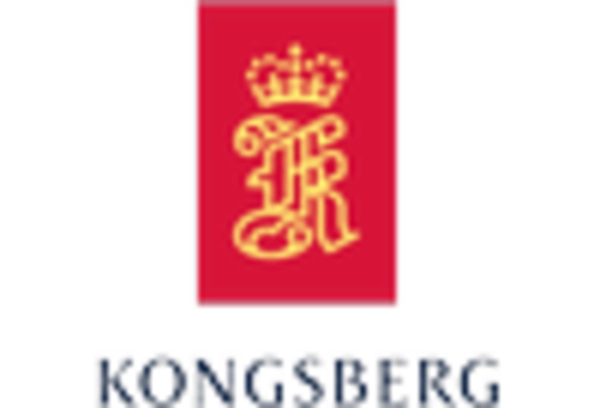Diverse Application Areas
The versatility of autonomous underwater gliders is a key driver in the Autonomous Underwater Gliders Market. These gliders are utilized across various sectors, including scientific research, oil and gas exploration, and military applications. Their ability to operate in challenging underwater environments makes them suitable for tasks such as oceanographic data collection, underwater mapping, and surveillance. The market is witnessing an increase in demand from academic institutions and government agencies, which are leveraging gliders for extensive marine studies. This diversification of application areas is anticipated to contribute to a robust market expansion in the coming years.
Technological Advancements
The Autonomous Underwater Gliders Market is experiencing a surge in technological advancements that enhance the capabilities of these gliders. Innovations in sensor technology, data processing, and energy efficiency are driving the development of more sophisticated gliders. For instance, the integration of artificial intelligence and machine learning algorithms allows for improved navigation and data collection. As a result, the market is projected to grow at a compound annual growth rate of approximately 15% over the next five years. These advancements not only improve operational efficiency but also expand the potential applications of gliders in marine research, environmental monitoring, and defense operations.
Increased Environmental Awareness
Growing concerns regarding climate change and marine ecosystem health are propelling the Autonomous Underwater Gliders Market forward. As stakeholders seek to monitor oceanic conditions and biodiversity, gliders provide a cost-effective solution for data collection. The ability to gather real-time data on water temperature, salinity, and pollution levels is invaluable for researchers and policymakers alike. This heightened environmental awareness is likely to result in increased funding for marine research initiatives, further stimulating market growth. The demand for sustainable and efficient monitoring solutions is expected to drive the adoption of autonomous gliders in various environmental studies.
Government Initiatives and Funding
Government initiatives aimed at enhancing marine research capabilities are significantly influencing the Autonomous Underwater Gliders Market. Various countries are investing in advanced marine technologies to support environmental monitoring and resource management. For instance, funding programs for oceanographic research are encouraging the development and deployment of autonomous gliders. These initiatives not only provide financial support but also foster collaboration between public and private sectors, leading to innovative solutions in marine exploration. As governments recognize the importance of sustainable ocean management, the market is likely to benefit from increased investments and strategic partnerships.
Growing Demand for Oceanographic Research
The rising demand for comprehensive oceanographic research is a pivotal driver in the Autonomous Underwater Gliders Market. As the need for understanding ocean dynamics and climate patterns intensifies, autonomous gliders are becoming essential tools for researchers. Their ability to cover vast areas and collect high-resolution data over extended periods makes them ideal for long-term studies. The market is projected to see a significant increase in demand from research institutions and environmental organizations focused on climate change and marine conservation. This growing emphasis on scientific research is expected to propel the market forward, creating new opportunities for innovation and development.

















Leave a Comment